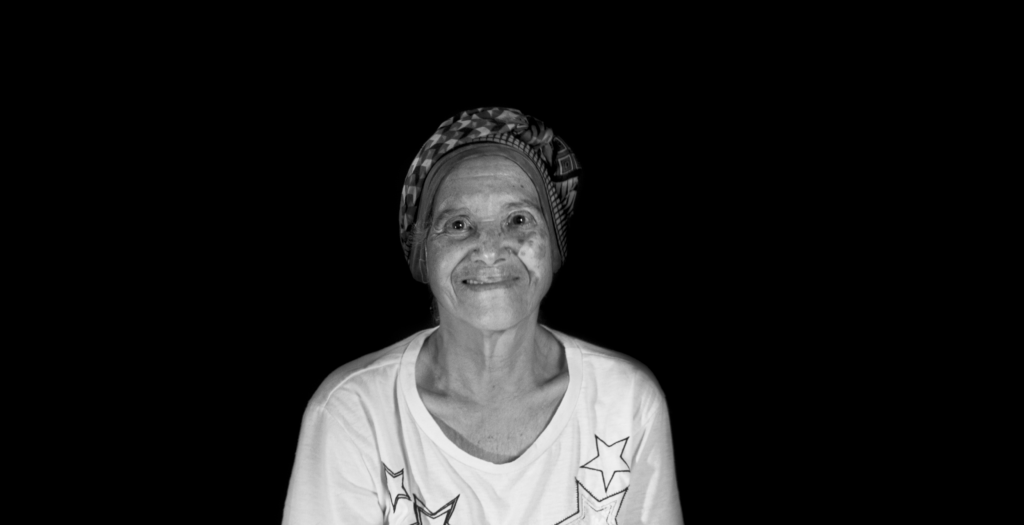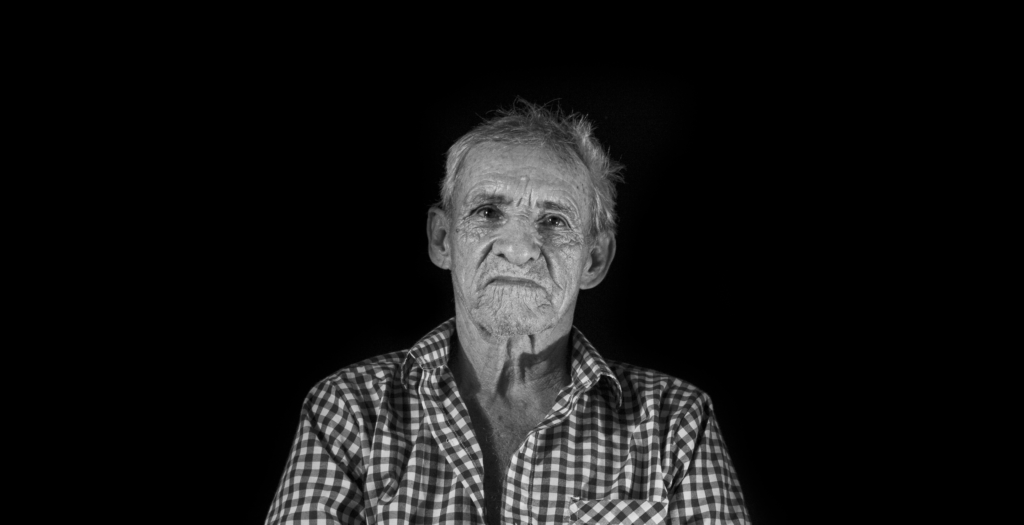Coffee
Although coffee has its origin in Africa and spread slowly through Arabia, India, and Europe before reaching the Americas. The first coffee bushes on the continent were brought to the Americans between 1714 and 1720 by the Dutch and the French. Coffee became very fashionable in Europe, but without a climate that lends itself to growing it, the Dutch and French saw the Caribbean as an opportunity to profit. Coffee was planted in Guyana and Martinique, and spread throughout the rest of the continent. Seeing the success of the colonial coffee business on the part of their neighbors, the Spanish also intervened to carry out cultivation on their behalf. colonies of the Antilles and Central America.
There is no hard evidence indicating how coffee got to Colombia. There are historical reports that the Jesuits brought seeds to New Granada around 1730, but there are different versions. The oldest written testimony of the presence of the coffee tree in Colombia is attributed to the Jesuit priest José Gumilla. In his book El Orinoco Ilustrado (1730) his presence appeared in the mission of Santa Teresa de Tabajé in the Orinoco. The second written testimony belongs to the archbishop-viceroy Caballero y Góngora (1787) who reported cultivation in regions near Girón (Santander) and Muzo (Boyacá). 2
In 1778 the governor of Santa Marta and Ríohacha wrote about coffee plants in the Sierra Nevada de Santa Marta, but they were scattered and not maintained. Minca became known for its coffee and sugarcane plantations starting in the 1800s under the ownership of the Oligós Díaz Granados family. Minca’s coffee plantations are recognized as some of the first coffee plantations in Colombia.
The official Hacienda Minca was practically abandoned and the greatest expansion in the region occurred several years later between 1895 and 1915, when the main coffee haciendas were established and consolidated, including Cincinnati, La Victoria, María Teresa and El Recuerdo, almost all owned by foreign families and companies. It was they who began to bring labor from other countries and regions of Colombia, effectively creating the communities that inhabit the region today.
La Victoria
At the end of the 19th century, during the construction of the railway in Santa Marta, the English couple of engineers Charles and Alice Bowden arrived in the country in order to be part of the construction of the Samaria railway. During his stay in Santa Marta he decided to join an association of various investors.
The Victoria Coffee Company owns the coffee farm “La Victoria” which is established in 1892. The name of the farm alludes to Queen Victoria due to the fidelity of the Bowden couple towards her monarch. Initially the farm had 2,000 hectares; territory that is has decreased to 700 hectares. Hacienda La Victoria is located on Cerro Kennedy and includes the rideges of San Lorenzo.
Finca Cincinnati
Eva and Orlando Flye arrived in Colombia in 1890 after Orlando was offered a job as manager for a telephone company in Barranquilla. He explored the Gaira, Piedra and Manzanares rivers, and, much to his surprise, found coffee. He began to study coffee cultivation and trade in detail.
Within ten years, the coffee boom in the Sierra Nevada was noticeable. The export of coffee grew so much between 1885-1890 that coffee became one of the most important products in the country. It was this process that motivated Orlando Flye to start dedicate all of his attention to coffee, a decision that he stuck with for therest of his life.
The Flyes eventually bought a piece of land, which they named ‘Finca Cincinnati’ in memory of their former home in the United States.
The War of the Thousand Days broke out in 1899, and between the war and stagnant economy, many families began to arrive to the coast in search of work and security. Their distance from the war in the interior and proximity to the port gave them a strong advantage while other coffee farms in the country had to close and store their product due to lack of labor or transportation.
Successful harvests led to a very successful period. Many families arrived from the interior including the Balaguera, Riatiga, García, Pineda, Rodríguez, Suescún and many more. Workers slowly began to seek independent opportunities, and little by little, families began to move down and settle in other parts of the Sierra and establish towns such as La Tagua, San Pedro, Pueblo Bello, Manaure, among others. They began to form their own coffee farms and began to appropriate the empty land. This was the story of the Balaguera family who stayed on the farm that, years later, would become the town of Minca.
They settled in the house where Museo Minca operated.
Minca began to grow as a place to gather and sell products without having to travel all the way to Santa Marta. Simultaneously, the large farms higher up the mountain began to stagnate. By the 1950s the large farms had all been sold, their owners returning to their countries of origin, and the economic and social landscape of the Sierra changed again.
The Sierra Nevada has experienced cycles of prosperity and destruction. In contrast to the years of prosperity and success, what was left of the coffee economy declined further with the arrival of World War II, which inhibited sales to Europe and the United States. This effectively caused the fall of both of the most iconic coffee farms in the region.
The business that began to replace coffee was darker. When marijuana began to arrive in the Sierra Nevada de Santa Marta, coffee was not strong enough to compete. Marijuana dealers began offering salaries of up to ten times as large, and workers had little incentive to continue working with the coffee. Unfortunately, the money that accompanied the marijuana also drew the attention of other groups—drug traffickers and armed groups, which put the well-being of all landowners in the region at risk.


